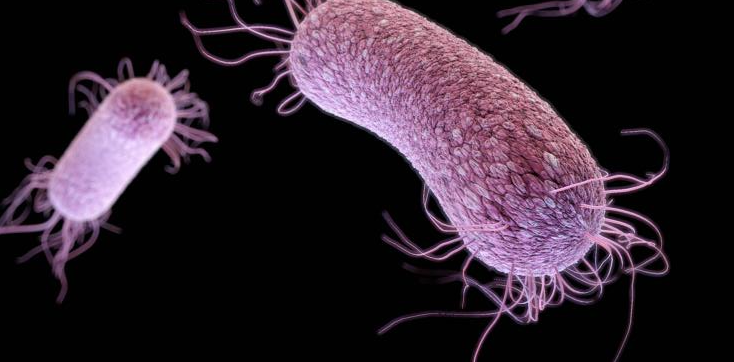Bad Bugs
Drug-resistant bacteria aren't a future threat. They're among us right now, sickening and killing people in our communities. Here are some of the worst culprits.
Clostridium difficile (C. Diff): causes deadly diarrhea mostly in people who are recently or presently taking antibiotics for several weeks or longer. C. Diff occurs because long-term antibiotic use destroys the good bacteria in our bodies that protect against illness. C. Diff is responsible for 250,000 hospitalizations and 14,000 deaths in the US each year. (Image courtesy CDC / Janice Carr)
Carbapenem-resistant Enterobacteriaceae (CRE): Bacteria that are resistant to nearly all antibiotics and spread easily. Half of those who get bloodstream infections from CRE die. About 9,300 hospital infections occur each year from CRE. (Image courtesy CDC / James Archer)
Multi-drug resistant (MDR) Neisseria Gonorrhea: The bacteria behind the well-known venereal disease gonorrhea is showing resistance to the antibiotics used to treat it. Already, about one third of gonorrhea infections are resistant to antibiotics. If these resistant bacteria spread, the disease will soon be untreatable. (Image courtesy CDC / James Archer)
Extended-spectrum B-Lactamase-producing Enterobacteriaceae (ESBL): ESBL are bacteria that are just one step away from becoming CRE (see above), which will make them resistant to nearly all antibiotics. (Image courtesy CDC / James Archer)
Multidrug-resistant (MDR) Salmonella: In the U.S., salmonella is popularly associated with food poisoning, but throughout much of the world, it's also known as the cause of typhoid fever. Salmonella causes about 100,000 illnesses in the US each year; MDR salmonella infections are more severe. (Image courtesy CDC / James Archer)
Methicillin-resistant Staphylococcus aureus (MRSA): Perhaps the most infamous drug-resistant bacteria, MRSA causes skin and wound infections, pneumonia, and bloodstream infections. (Image courtesy CDC / James Archer)
MDR Pseudomonas: MDR Pseudomonas causes healthcare-associated pneumonia and blood stream infections; some strains are resistant to nearly all antibiotics. (Image courtesy CDC / James Archer)








